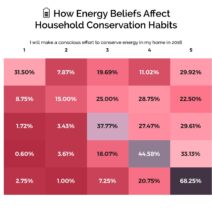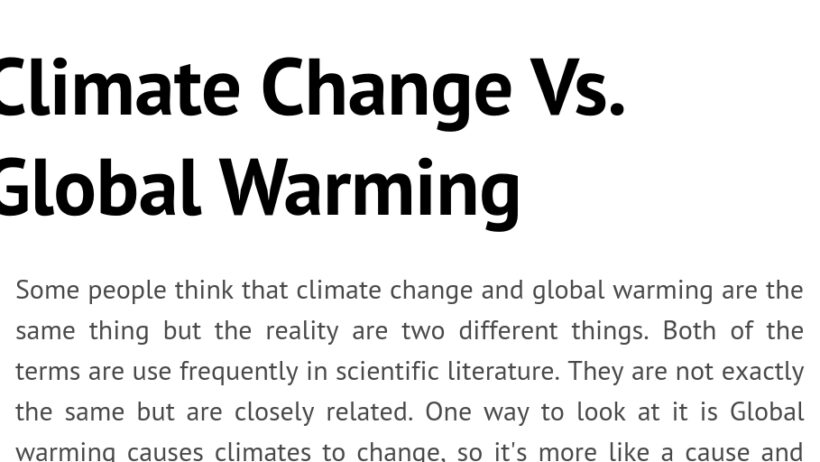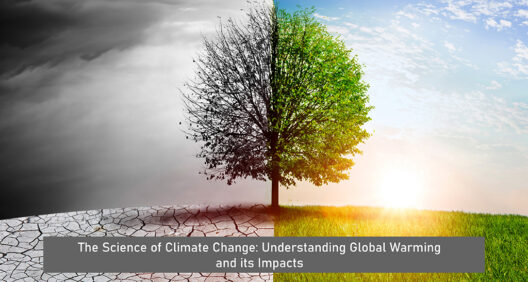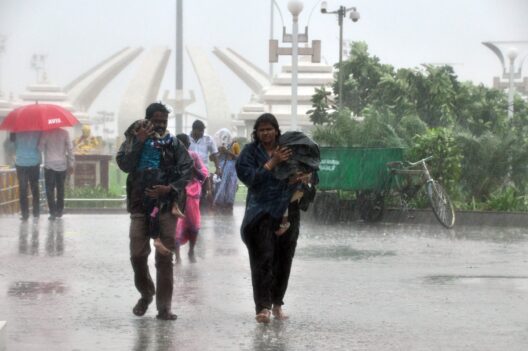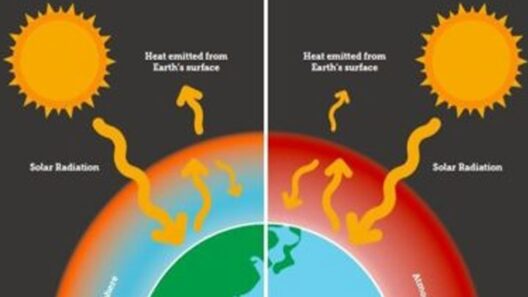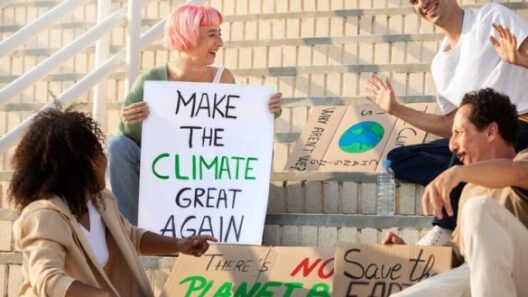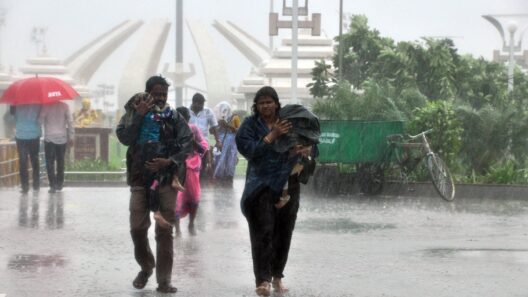In the environmental discourse, the terms “global warming” and “climate change” are frequently used interchangeably. However, while they are closely related, they denote distinct phenomena that warrant more nuanced understanding.
The essence of the distinction is straightforward yet critical: global warming refers specifically to the increase in Earth’s average surface temperature due to human activities, predominantly the emission of greenhouse gases. In contrast, climate change encompasses a broader spectrum of alterations—both natural and anthropogenic—that affect global and regional climate patterns over extended periods.
This exploration reveals the intricate and interwoven nature of these concepts, highlighting the significance of recognizing their differences for effective advocacy and actionable strategies in the fight against environmental degradation.
Understanding the nuances between global warming and climate change begins with examining the science behind these terms.
Global Warming: A Singular Phenomenon with Global Implications
At its core, global warming is a direct consequence of the greenhouse effect, an essential atmospheric process that warms the planet. Certain gases, known as greenhouse gases (GHGs), trap heat from the sun, preventing it from escaping back into space. Notably, carbon dioxide (CO2), methane (CH4), and nitrous oxide (N2O) are significant contributors to this phenomenon.
Over the past century, human activities, particularly the burning of fossil fuels, deforestation, and industrial processes, have escalated the concentration of these gases in the atmosphere. This enhancement of the greenhouse effect has led to a discernible rise in global temperatures, with the past few decades experiencing unprecedented warming. A wealth of studies indicates that average global temperatures have risen by approximately 1°C since the late 19th century.
This seemingly minor increase has profound implications. Ice sheets and glaciers are receding, sea levels are rising, and the frequency and intensity of heatwaves are escalating. These changes are not mere statistics; they are harbingers of more profound shifts in ecosystems, impacting biodiversity, agriculture, and water resources.
Climate Change: A Broader Narrative
While global warming is a crucial aspect of climate change, the latter encompasses a wider array of phenomena that extend beyond temperature variations. Climate change includes changes in precipitation patterns, more frequent extreme weather events, alterations in wind patterns, and shifts in seasonal cycles. It encapsulates everything from droughts to floods, hurricanes to shifts in flora and fauna distributions.
Natural processes can also contribute to climate change. Factors such as volcanic eruptions, variations in solar radiation, and ocean currents play substantial roles in shaping the Earth’s climate over geological timescales. However, contemporary climate change is predominantly attributed to anthropogenic activities, marking a significant departure from historical variances.
The Global Climate Summit and various international accords, like the Paris Agreement, emphasize this distinction. They aim not only to curtail global warming but to address the multifaceted challenges posed by climate change. By acknowledging that climate change involves myriad factors influencing environmental stability, these initiatives advocate for a comprehensive approach to mitigation and adaptation strategies.
The Interconnectedness of Global Warming and Climate Change
The relationship between global warming and climate change is intricate and reciprocal. As temperatures rise, various climatic phenomena intensify. For instance, warmer temperatures can lead to more evaporation, altering precipitation patterns. Changes in rainfall can, in turn, affect soil moisture levels, agricultural productivity, and water supply.
Moreover, disruptions in climate systems can result in feedback loops that exacerbate these conditions. The melting of polar ice caps and glaciers decreases the Earth’s albedo effect (the ability to reflect sunlight), further exacerbating warming. This interconnected web of influences necessitates a holistic approach to environmental policy and action.
Efforts to combat global warming, like transitioning to renewable energy and improving energy efficiency, play a pivotal role in alleviating the broader specter of climate change. Conversely, effective climate adaptation strategies, such as enhancing infrastructure resilience and conserving ecosystems, can mitigate the adverse effects precipitated by global warming.
Call to Action: Bridging Knowledge and Action
Understanding the differences between global warming and climate change is not merely an academic exercise; it is a critical step towards informed action and advocacy. With climate change manifesting in diverse and often catastrophic forms, every stakeholder—from policymakers to individuals—must grasp these concepts to engage meaningfully in the global dialogue on sustainability.
As the battle against climate change intensifies, the urgency for systemic transformation grows. Awareness of these nuances can enhance communication strategies, pinpointing solutions that resonate with broader audiences and galvanizing collective action.
At its heart, the distinction between global warming and climate change propels us to rethink our relationship with the environment. It challenges us to transcend simplistic narratives and instead embrace the complexity of ecological systems and socio-political structures that govern our world. Only through such a paradigm shift can humanity hope to create a sustainable future for generations to come.

